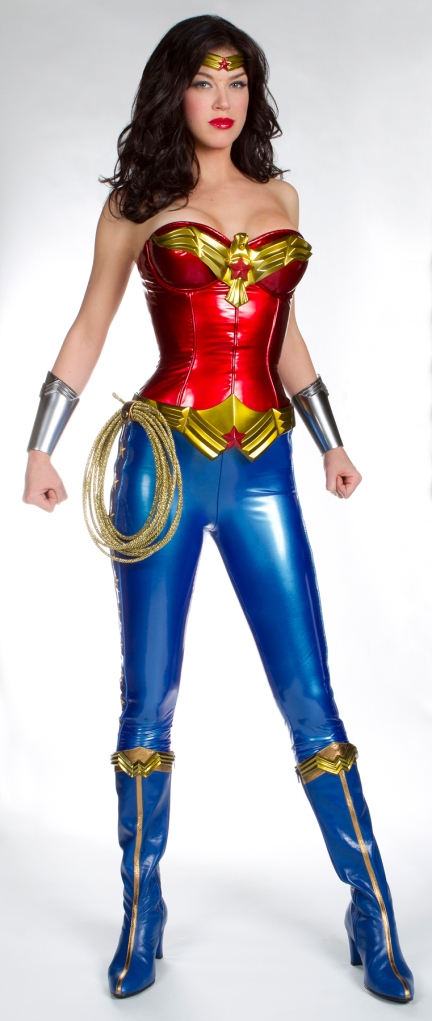OK … so following a request on Gallifrey Base, I’m going to reprint my author’s notes from the ebook version of my Doctor Who novel The Dying Days. These originally appeared alongside the BBCi version of the book, and I’ll put them up over the next few days, a chapter at a time.
Chapter 1 – What We Saw From the Ruined House
Benny. The Dying Days wasn’t just the first eighth Doctor book, it marked the point where Benny spun off into her own series (technically, she stayed where she was, in the New Adventures, and the Doctor spun off, but you know what I mean). Bernice Summerfield had been introduced in Love and War, by Paul Cornell, and her adventures continue to this day in Big Finish audios. She was hugely popular, both with the writers and the readers. Up until this point, she’d been the sarky human counterpoint to a rather dark and distant seventh Doctor. She was the voice of his conscience, as well as being the sort of person he was making the galaxy safe for.
While she quickly developed a life of her own, Paul originally based her, in part, on Emma Thompson’s character in the film The Tall Guy, and that’s still the best place to look if you want to see Benny Summerfield walking and talking right there on your telly. I mention this now only because there’s an in-joke in chapter three which no-one will get otherwise.
The Doctor’s house was introduced by Andrew Cartmel in his novel Warhead and his DWM comic strip Fellow Travellers. Over the course of the books, the Doctor popped back to it from time to time. This is the first time we saw it in the ‘present day’.
I never got round to explaining how Benny got the letter, by the way. The book originally ended with her dropping it off for herself. But I came up with a much better ending than that…
The book contains a number of New Adventures cliches, most of them put there deliberately, some by force of habit. The first of these is the gratuitous nudity. At the time, we’d heard that the BBC Books were going to cut down on the ‘adult’ stuff (laughable as that seems, now that recent EDAs have featured tantric sex and a man in a romantic relationship with a poodle). So Benny gets her kit off here, for no reason whatsoever. Anime fans call this ‘fifteening’.
The Doctor. It was very weird writing for a character who was exactly the same but completely different. All the time, I was very conscious that everyone reading would be directly comparing my version with the one in the TV Movie. I cheated, really – we see the Doctor’s early scenes from Benny’s point of view, and she spends her time going ‘gosh, he’s exactly the same but completely different’. But that’s exactly what the audience do with a new Doctor. The Doctor refers back to Love and War, his first meeting with Benny. Again, it’s a dual purpose – reminding people that this was a book with a heritage, but making something new out of that.
As Benny notes in chapter one, I couldn’t pin down the name of the President of the United States or the Prime Minister, because there was going to be an election in both countries between me finishing the book and its publication. The Tories should have bribed me to say the PM was Tony Blair, simply because sod’s law would almost certainly have guaranteed a landslide for John Major. But they didn’t, and the rest is history. One of the amusing things, though, was that Staines could comfortably be either a Conservative or a New Labour Home Secretary.
[Chapter Two notes]




